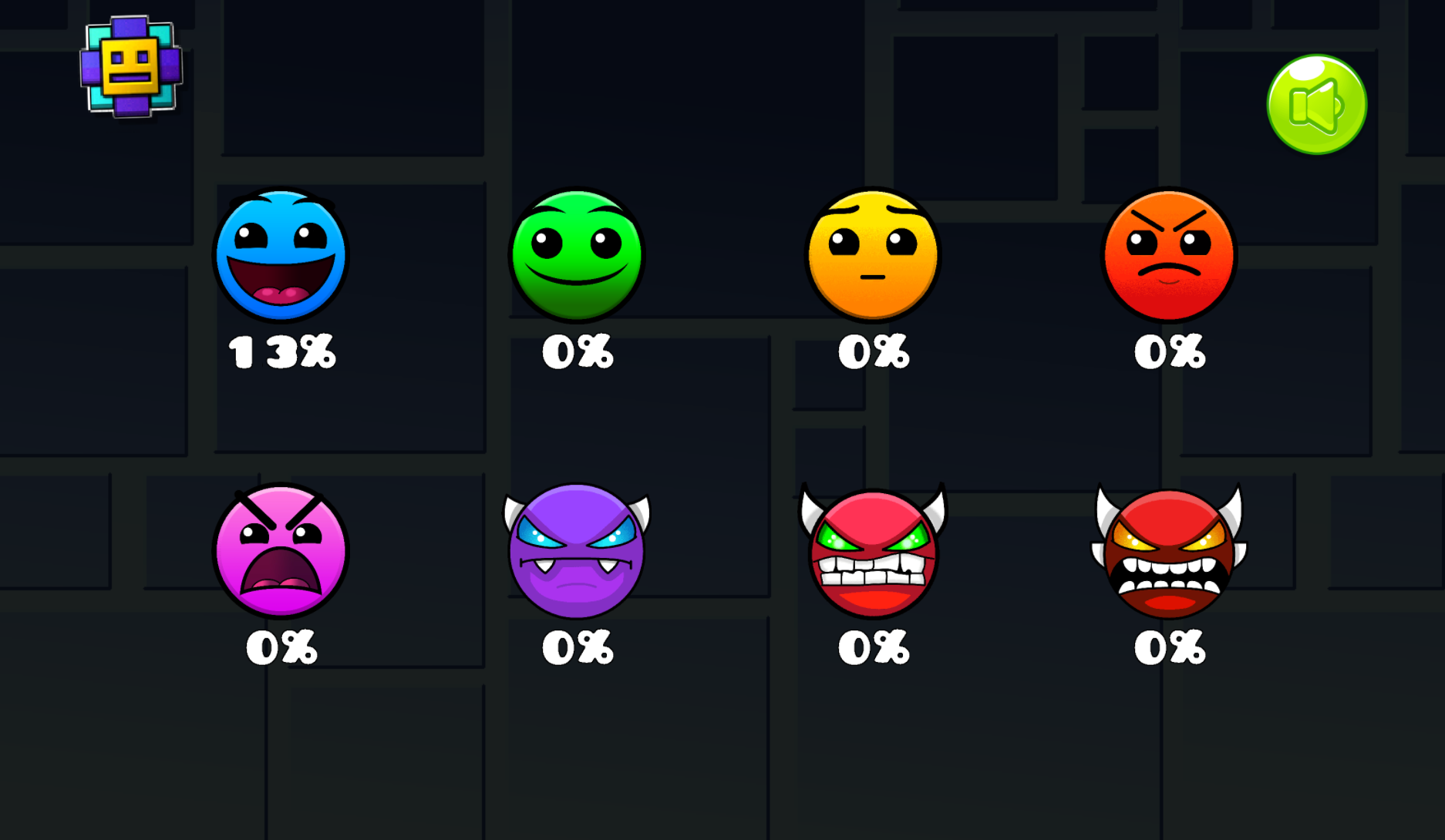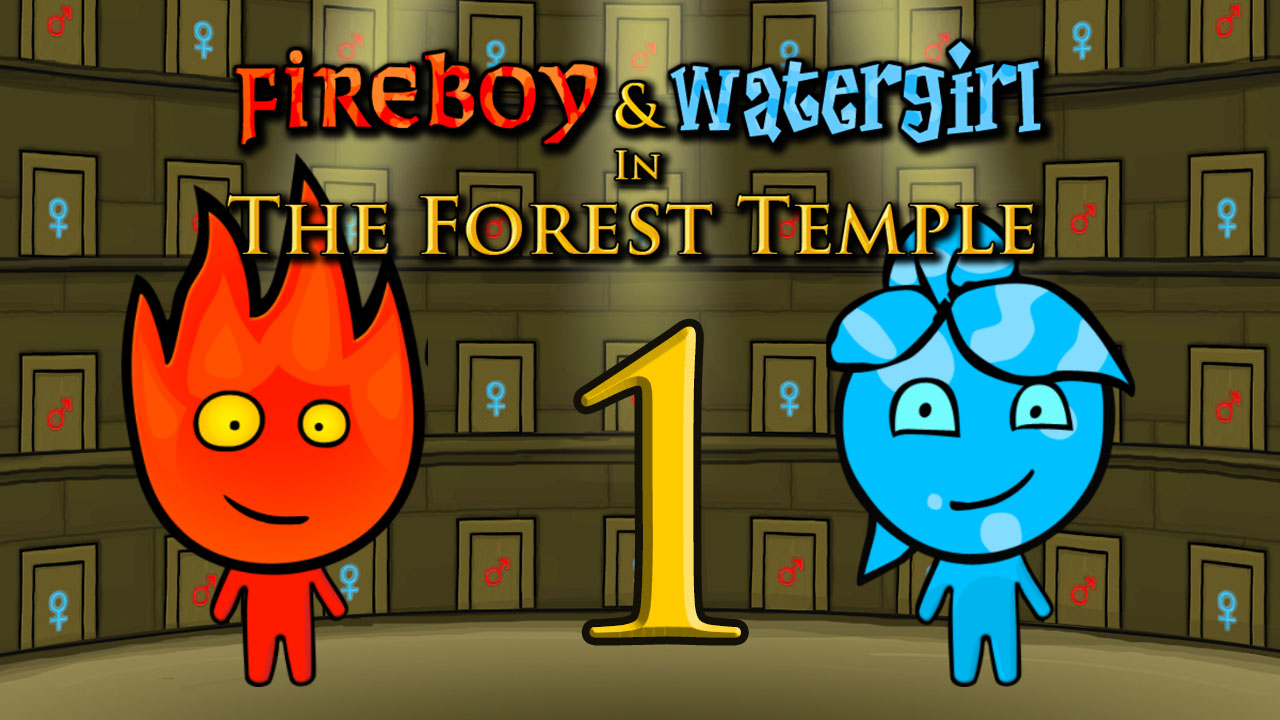Wreck rooms, shift the blame, stay Granny’s favorite
Keep exploring
Continue your Dino game session with more narrative adventures, action trials, and puzzle standouts.

NSR Street Car Racing

Water Color Sort

The Impossible Quiz

Underwheels

BloodMoney

Untime

Geometry Dash Wave

Fireboy and Watergirl: Forest Temple

BLOODMONEY 2

Hollow Knight
Master the art of the purr-fect frame-up
Welcome to mischief school—your teacher is chaos
Cat and Granny turns a cozy house into your personal sandbox of stealth slapstick. You are the old favorite—an orange tabby with sharp whiskers and sharper instincts—determined to keep your throne by turning every toppled vase and shattered trinket into a masterpiece of misdirection. The premise is simple and delicious: make noise, make mess, and make sure the new black cat takes the heat. The loop is fast, the reactions are punchy, and every room hides new ways to turn an accident into a calculated alibi. Whether you're speedrunning pranks or experimenting with long con routes, Cat and Granny rewards timing, observation, and a theatrical sense of drama.
Stealth that feels playful, not punishing
In Cat and Granny, you’re never trapped in lengthy fail states or sluggish reloads. Sessions are snackable—minutes long—yet dense with opportunity. Study Granny’s patrols, lure the rival near a fragile object, then give it the lightest nudge. The crash echoes. Footsteps rush in. You’re already tucked behind a plant stand, peeking from a cardboard crate, or perched on the doorframe, watching the blame meter tilt toward the unsuspecting scapegoat. Because the house is fully breakable, repeat runs never feel identical: there’s always another lamp to wobble, another picture frame to misalign, another domino chain to set in motion. Cat and Granny embraces consequence while keeping the tone breezy and mischievous.
How to build a flawless frame job
Every victory in Cat and Granny begins with quiet practice. First, chart the living room. Note where Granny hesitates to dust the shelves, where her footsteps creak on the boards, and where sightlines overlap. Next, find your stash spots: the couch skirt, the half-open cupboard, the stacked moving boxes. Now check choke points—doorways and hall corners where two characters can collide, literally and figuratively. When you’re ready, shadow the rival. Keep them close to a wobble-prone table or a wobbly floor lamp. A gentle flick sends glass to the floor and accusations into the air. Slip away, ears folded, tail poised, and absorb the silent satisfaction as the wrong cat gets the lecture.
Momentum is your multiplier
Scoring in Cat and Granny thrives on tempo. Link small blunders into a rapid series: a book pushed off the shelf, a coaster flipped, a vase nudged, a curtain rod rattled. Each micro-disaster keeps Granny moving and the rival flustered. The longer you maintain uproar without being seen, the more your combo grows. Because each crash alters the geometry of the room—shards on the carpet, frames twisted, lamps off-kilter—your next move must adapt. The house evolves with your scheme, turning even a familiar hallway into a fresh puzzle.
Tools of the trade: what you can do and how
Cat and Granny equips you with a clean, intuitive control set. Movement is snappy, turning corners is crisp, and context actions are single-tap simple. You’ll bump, drag, yank, and dart. You’ll slip under tables to break line of sight, pop out to deliver a surgical nudge, then vanish again. It’s stealth through body language rather than menus: an ear twitch as danger approaches, a tail flick before the pounce, a crouch that says “wait, wait… now.” Every animation serves your plan.
Reading the room like a pro
Success in Cat and Granny depends on reading three meters that aren’t on the screen: attention, plausibility, and proximity. Attention is Granny’s gaze and footstep rhythm; plausibility is how convincingly the rival can be near a mess; proximity is your distance from both targets. Keep the rival in the blast radius of every blunder. Lure them with a sliding toy or a feigned chase. Then step back and let the scene play. In a few seconds, Granny rounds the corner, spots the wreckage, and scolds the nearest culprit. You score, the rival sulks, and the house somehow looks more vulnerable to your next idea.
Routes, rehearsals, and repeatability
Because Cat and Granny is about short, satisfying runs, replay is the point. Take one route for speed: straight line, three quick pranks, finish. Take another for spectacle: a sweeping chain that starts in the kitchen, rattles through the hall, and ends with a chandelier tremor that pulls Granny into the perfect misunderstanding. There’s no single solution—just a growing repertoire of routines you refine each session. The more you experiment, the more you spot sly interactions: a table runner that snags on claws, a door that rebounds just enough to mask your jump, a toppled stack that can be reset to act as bait in the next loop.
Learning curves that feel like play
Newcomers to Cat and Granny find progress in minutes: watch, nudge, hide, repeat. Veterans polish timing and expand their mischief vocabulary, chasing higher combo chains and cleaner alibis. The charm is how the game sustains both audiences. You can improvise pranks on the fly or memorize immaculate routes, and both feel valid. Each success teaches you something tactile: how far the lamp leans before it tips; how long Granny pauses after a scold; how the rival’s path bends when startled. This embodied knowledge becomes your real upgrade tree.
Why it clicks: stealth distilled to joy
Many stealth games hinge on punishment; Cat and Granny hinges on delight. The consequence is comedy, not tedium. Even when you’re caught, the reset is instant and the lesson is obvious: you pushed too early, hid too late, or forgot to keep the rival in frame. Try again, but this time angle the vase so it rolls toward the doorway, or stagger your noises so Granny chases echoes down the wrong hall. Your mastery doesn’t come from heavier stats or longer bars—it comes from sharper instincts and showman’s timing.
Tips for first-run success
- Open by mapping Granny’s loop; count footfalls to predict corners.
- Keep the rival cat within one room of your target object.
- Favor line-of-sight breaks that also shorten your next route.
- Chain small pranks before a big finale to lock a high multiplier.
- Use doors—close them as you exit to buy a heartbeat of cover.
Built for clips, speedruns, and laughs
Because Cat and Granny thrives on short setups and big payoffs, it’s perfect for sharing. Clip the moment Granny storms in while you lounge, innocent as sunshine, beside a crooked frame and a very guilty-looking rival. Race your friends for the fastest three-room combo. Compare routes for least steps or fewest hides. The house provides the stage; your paws provide the choreography. Cat and Granny never stops rewarding a good sense of timing and a love of theatrical mess.
Five-minute fun that grows with you
One session of Cat and Granny fits a coffee break; ten sessions become a craft. With each loop you sharpen tactics, spot subtler bait, and invent fresh routines. Before long, you’ll play the house like an instrument—tapping, sliding, rattling—until the final crash lands exactly when and where you want it. Granny arrives. You’re already gone. And somewhere in the hall, your rival wonders how the blame found them again.
Wreck rooms, shift the blame, stay Granny’s favorite is ready to play
Sneak as an orange tabby in Cat and Granny—wreck rooms, bait the rival, and chain perfect frame-ups. Learn patrols, stack disasters, and speedrun stealth slapstick.
Share Wreck rooms, shift the blame, stay Granny’s favorite
Spread the word, invite friends, or bookmark this page to revisit the story whenever you need it.